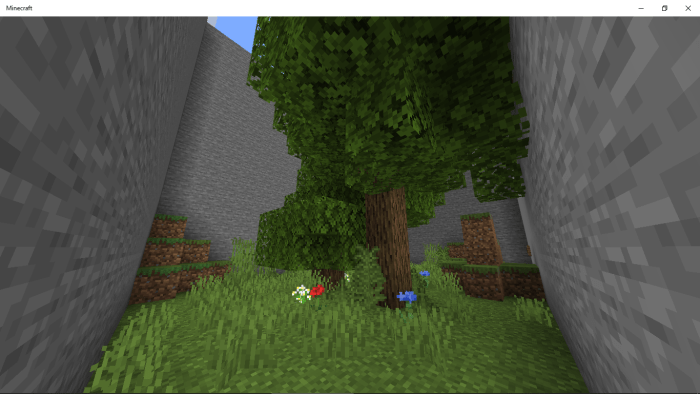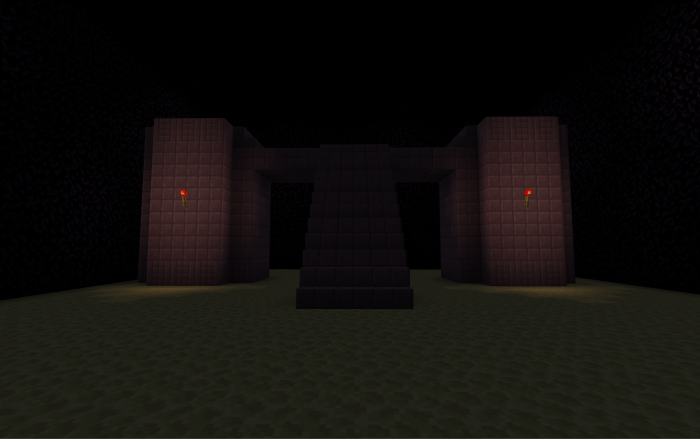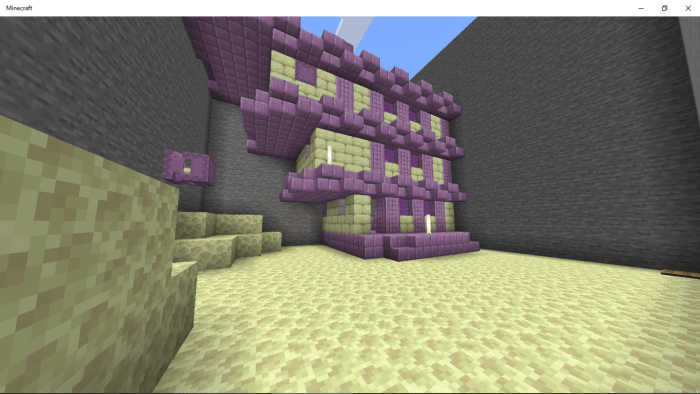

Building foundations are sometimes secured by drilling to the rockhead. Deposits of petroleum and natural gas can also be found and accessed by drilling through bedrock. Aquifers, underground pockets of water, exist in porous bedrock formations, such as sandstone. EngineeringCivil engineers rely on accurate measurements and assessments of bedrock to build safe, stable buildings, bridges, and wells.

This helps geologists identify the extent of the ancient Appalachian Mountain range. A geologic map of the United States reveals a continuous bedrock formation, more than 400 million years old, stretching from northern Georgia all the way through Maine. Geologic maps help scientists identify sites of orogenic events (mountain-building), for instance. Sandstone bedrock may be colored orange, while granite bedrock may be purple. Geologic maps often display bedrock formations, usually in bright colors. Rock formations, sometimes called geological or lithostratigraphic units, are sections of rock that share a common origin and range. Rock formations help geologists create geologic maps. Bedrock also helps geologists identify rock formations. The bedrock of the southern part of the state experienced less weathering and erosion, and was left with less glacial till as the glaciers retreated. The thick soil of northern Indiana was in part created as giant glaciers carved across the region's rockhead, grinding it into unconsolidated gravel. This landscape offers geologists a clue about how far glaciers extended during the Ice Age. The northern part of the state is covered by meters of soil and unconsolidated rock. Determining the depth and type of bedrock helps geologists and stratigraphers describe the natural history of a region. For instance, the southern part of the U.S. Stratigraphers study the way rocks, and their relationships to each other, change over time. Stratigraphy is the study of rock layers (stratification). ScienceGeology is the study of rocks and minerals. People and Bedrock Identifying bedrock is an important part of geology, stratigraphy, and civil engineering. Outcrops can also be reached through deliberate drilling. Outcrops can be exposed through natural processes such as erosion or tectonic uplift. Often, these visible exposures of bedrock are called outcroppings or outcrops. Exposed bedrock can be seen on some mountaintops, along rocky coastlines, in stone quarries, and on plateaus. These are usually ofter, younger, and unconsolidated rocks. Above the saprolite may be layers of soil, sand, or sediment.

Flowing water or ice has interacted with minerals in the bedrock to change its chemical make-up. This means saprolite is not just less-consolidated bedrock, it has a different chemical composition. Saprolite has actually undergone the process of chemical weathering. Saprolite is bedrock that has undergone intense weathering, or wearing away. Above the rockhead, bedrock may be overlain with saprolite. The upper boundary of bedrock is called its rockhead. Bedrock can extend hundreds of meters below the surface of the Earth, toward the base of Earth's crust. Overlying material is often unconsolidated rock, which is made up of loose particles.

Bedrock is consolidated rock, meaning it is solid and tightly bound. Bedrock also underlies sand and other sediments on the ocean floor. Bedrock is the hard, solid rock beneath surface materials such as soil and gravel.


 0 kommentar(er)
0 kommentar(er)
